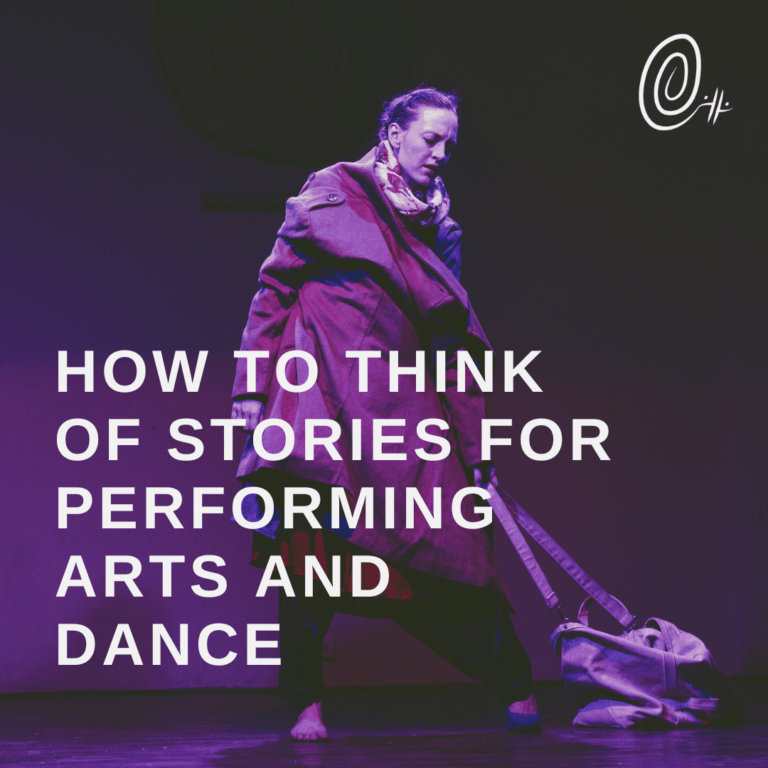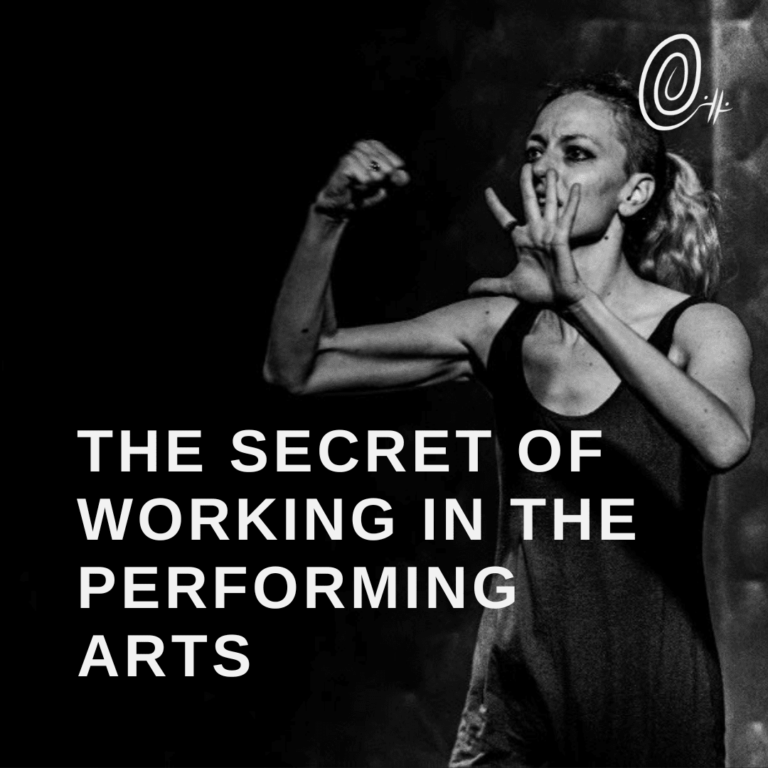Best Practices for Filming Dance and Dance Videos
Since the pandemic, more and more performing arts are going online. However, filming dance requires a fundamentally different approach than performing it live. I would even suggest that dance films are almost a whole other medium, as it requires thinking more like a filmmaker than a performer. That is, at least, what I learned when I too, like many other dancers during the COVID-19 lockdowns, turned to film and video mediums to continue my artistic practice.
I learned a lot about the whole process of creating dance films, from filming to editing. It was a lot of trial and error, as I was doing everything myself. This blog represents the top things I learned along the way. I’ve tried to make it as practical as I can – this isn’t film theory and doesn’t include anything on equipment or other technical aspects. It’s meant for someone like me: a trained performer interested in creating dance films for one reason or another, without any or much experience in filmmaking.
Let’s roll the cameras, and get started.
Hint: You have to think differently
On a stage, the audience can see everything. You have less control on what they focus on, though you can do some of that with your focus and lighting. Live performance favors the whole body, as you can connect all the points of the body as well as the broader kinesphere.
Film is not like that. With film, you as the cameraperson decides what to focus on. You can highlight small movements with closeups and see the body from angles you never would onstage. You can also explore dance in non-stage-like spaces. For example, one short film I created during lockdown was All This Useless Beauty. I filmed it in my closet. Performing in a closet or confined space onstage wouldn’t give the same effect at all. The camera gives the impression that the viewer is also confined with the performer.
In other words, from the beginning, a dance film is not a simple dance. It requires a different approach entirely. Even dance videos that tend to have full body shots, such as the famous “Take Me to Church” by Sergei Polunin, don’t have a single camera with one frame. Almost every professional dance video, again even if it is meant to feature the dancer’s body and full movement, still uses multiple frames from very wide to fairly close. The final video is edited to take the viewer through different angles that build suspense and engagement.
So, when you are planning a dance film, it’s important to remember that you are using a different medium! Think of the various angles you can explore, and what access the camera can bring that will highlight or carry the performance through.
Mix your shots for depth
Some years ago, I tried my hand at directing a dance-based music video. I was pretty darn happy with what I’d done and the edit. When I showed it to a film friend, he said that it lacked depth. It was missing close shots, he said. Because film is a 2D medium, without clear and extreme variations in closeness to the performers in the shots, the video didn’t bring across the full 3D experience. It literally fell flat, in other words. I don’t believe it was ever produced.
Since then, when I make my short dance films, I make sure that I get a variation of shots. When you are shooting on a phone or even a small camera, close is closer than you think. This can be especially tricky if you are your own cameraperson, but the effect is worth it, as my friend was right. Mixing depth is important to give the impression of space, which is something you want in a dance film!
When in doubt, stick with three main frames: wide, mid, and close. In a dance film, close might not be just a face, but rather a hand, a foot, or some other micromovement you want to highlight. You can also think about mixing different angles including high and low. I also recommend filming the same movement from multiple viewpoints. You can take it from me, when you are editing, it’s better to have more options than not enough. While you can archive footage for later, it’s really hard to replicate exactly the lights and look of a previous shoot if you are trying to patch in new footage.
Extra touches: lighting and editing dance films
Lighting looks differently in a camera lens than onstage. It’ll take some trial and error to get your settings correct. Natural light is not always friendly, and you can create more interesting scenes by using colored or focused lights. I didn’t use any special video lights for my dance films. I focused lightbulbs using homemade cardboard spotlights and colored them with colored paper. One thing I did discover, somewhat belatedly, was that things shot in slow motion come out less bright. You have to compensate for it if slow motion is part of your plan.
When it comes to editing, I edited about half of the dance films myself. I’m not at all experienced with video editing, and so anything with effects or very basic color corrections (like this one) was beyond my scope. I tried to keep the footage as clean as possible as mostly what I was doing was cutting it together with the music. Here, what I understood is that it is not necessary to change the shot with every beat. I tried rather to mix the length of shots to match with the narrative that was being expressed. However, when a shot changes, it should do so on the beat, otherwise there is a palpable disconnect. It’s also a good idea not to keep too many long shots, and use your different frames to keep things engaging. Visual attention is different than live attention!
In short, dance films have to be approached as films, much more so than dance performance.
The main techniques used to tell the story and keep the viewer engaged come from film theory. Even if the performance is important, the way it is captured is what counts when you are filming dance. It’s also true that the pure, visceral energy of live performance is completely lost in video. As such, you have to find other ways to engage the viewer, usually through more aesthetic means. As long as you remember that, you are set to make awesome dance films!
Best of luck!







